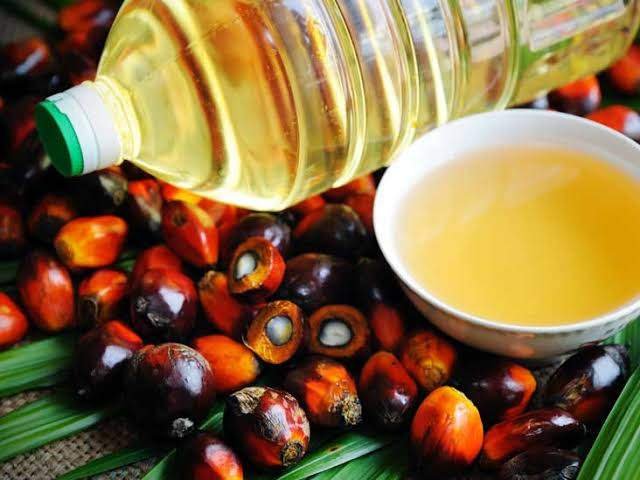Palm oil is extracted from two types of oil palm fruit: Elaeis guineensis, which is common in African regions, and Elaeis oleifera, which is found in South America. Historical accounts suggest that palm oil was a part of the diet of indigenous populations. At present, it has become the second most traded oil crop in the world, after soy, with Malaysia and Indonesia as its main producers.

Palm oil is high in vitamin A, cancer, deficiency in brain disease, and aging. It is also used to treat malaria, high blood pressure, high cholesterol, dementia, and cyanide poisoning. Palm oil is used for weight loss and for increasing the body's metabolism. As food, palm oil is used for frying.
It is a good source of antioxidants, a rich source of vitamin K, a rich source of Omega 3 fatty acids, supply the body with vitamin E for youthful appearance, support pregnancy.


Consumption of red palm oil is safe, even in large amounts. It does not have any side effect similar to those induced by drugs. Because of palm oil's composition, it metabolizes more effectively with food, so there is less risk of having abdominal discomfort or bowel problems.
One minor caveat, however, is when you consume large amounts of the oil, a yellowing of your skin may occur. This is due to the high levels of carotenes in the oil. On the bright side, this slight change means that your protection against harmful UV rays is enhanced.
Posted using Partiko Android
Hi! I am a robot. I just upvoted you! I found similar content that readers might be interested in:
https://articles.mercola.com/herbal-oils/palm-oil.aspx
Very interesting
Posted using Partiko Android